In August 2015, I took a small-ship cruise through the eastern portion of the Northwest Passage, a legendary and long-sought sea route in the Canadian Arctic. The trip was part of the basis for my story in the latest print issue of Pacific Standard, “Cruising Through the End of the World.” The piece touches on the effects of a growing cruise industry for the communities lining the shores of the Passage.
The trip itself was, at the risk of sounding like a travel brochure, an incredible, eye-opening experience. I’ve been living and traveling in the Canadian North since 2009. In all that time, I had never been exposed to the power and the diversity of the High Arctic’s landscapes. The islands we visited were so spare — often little more than gravel and lichen, to my eye — that it’s hard to comprehend how the region supports so much wildlife (and human life). The Inuit have built a culture and a long history where most of us wouldn’t last more than two days.
And that’s the ultimate aim of my story: to communicate the complexity and interconnectivity of the economic, environmental, and cultural questions facing the people of the Northwest Passage, and the changes these cruise ships are bringing their way.
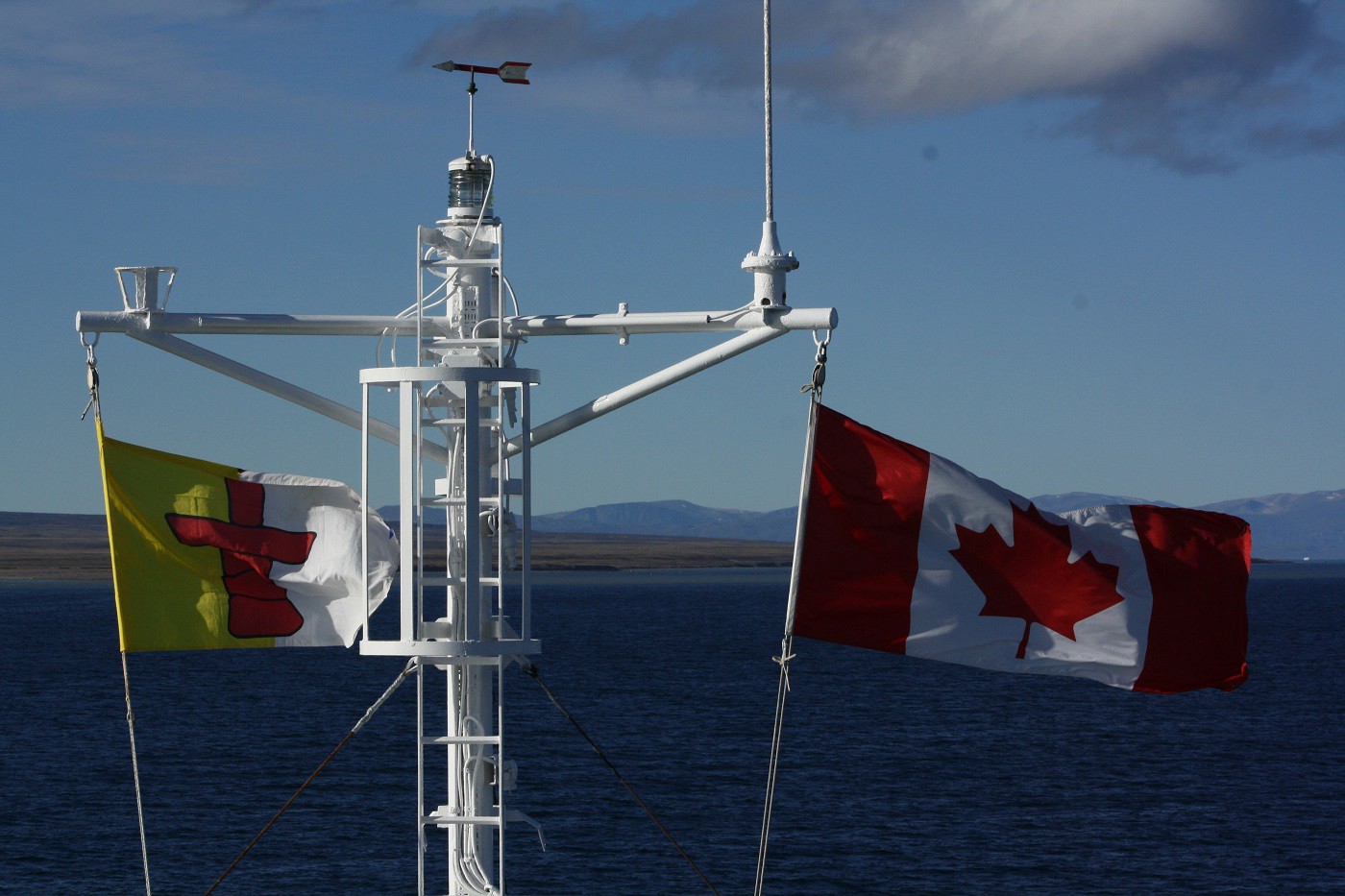
(Photo: Eva Holland.)

(Photo: Eva Holland)
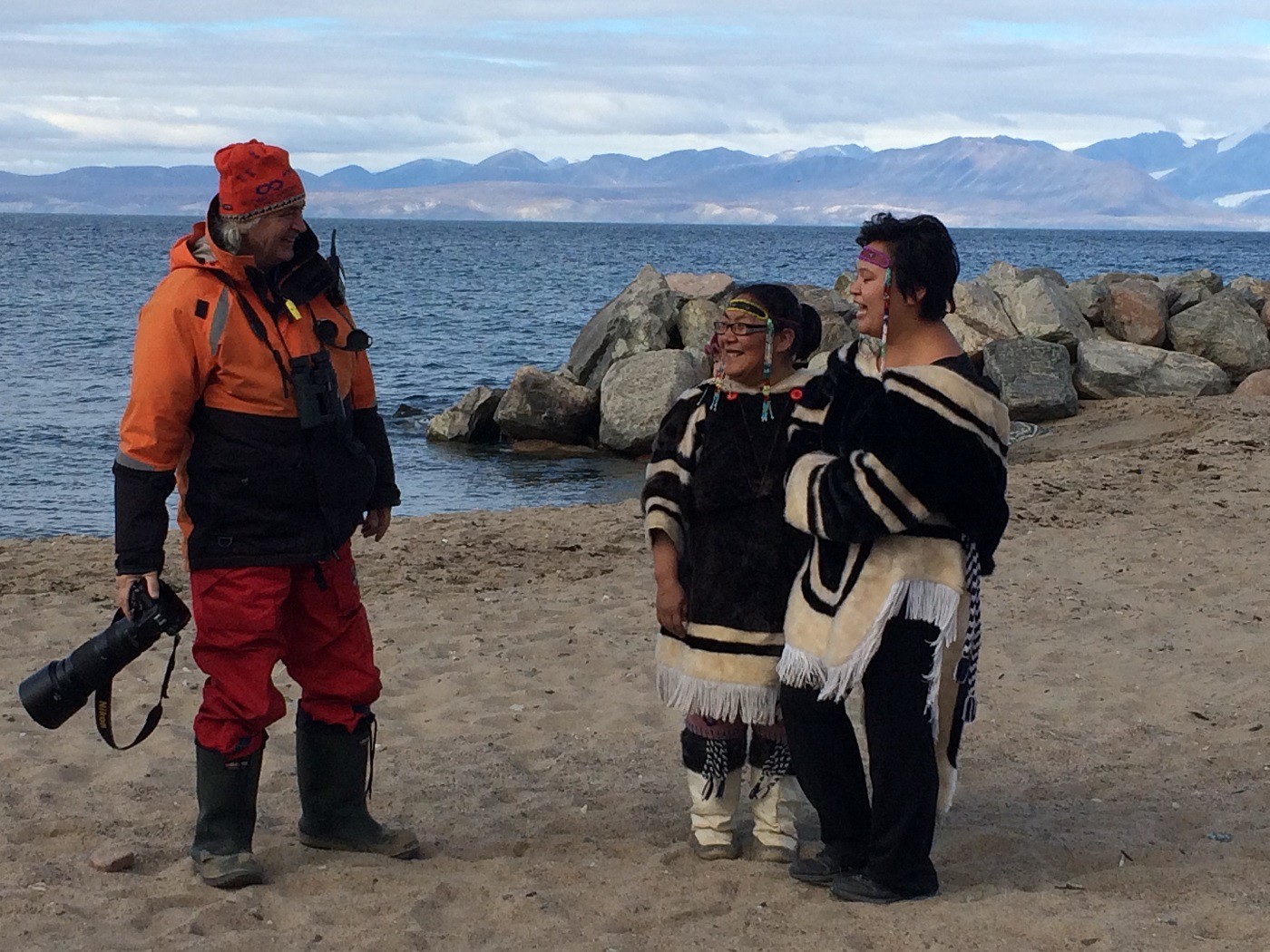
(Photo: Eva Holland)
(Photo: Eva Holland)
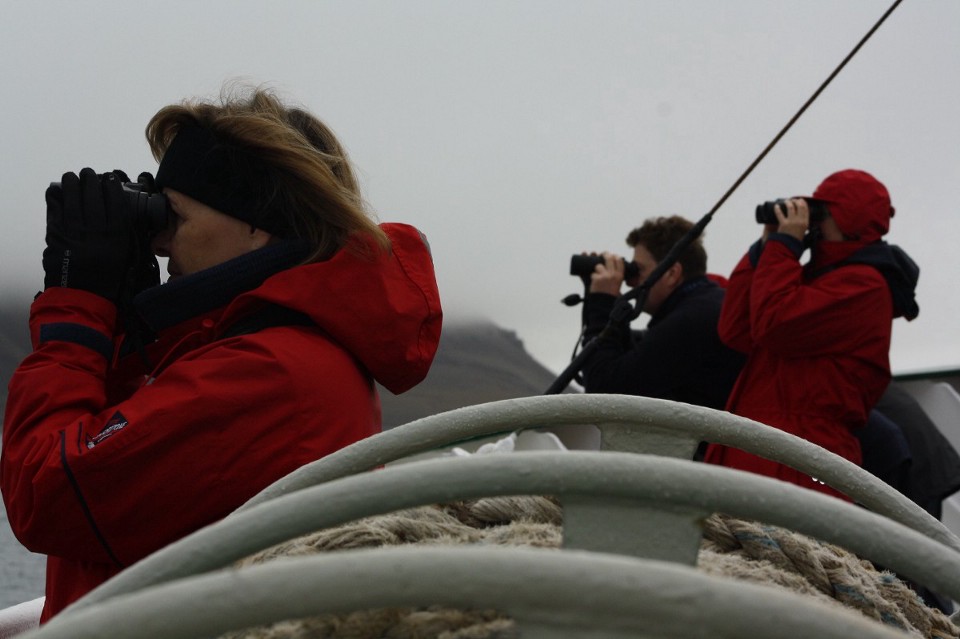
(Photo: Eva Holland)

(Photo: Eva Holland)
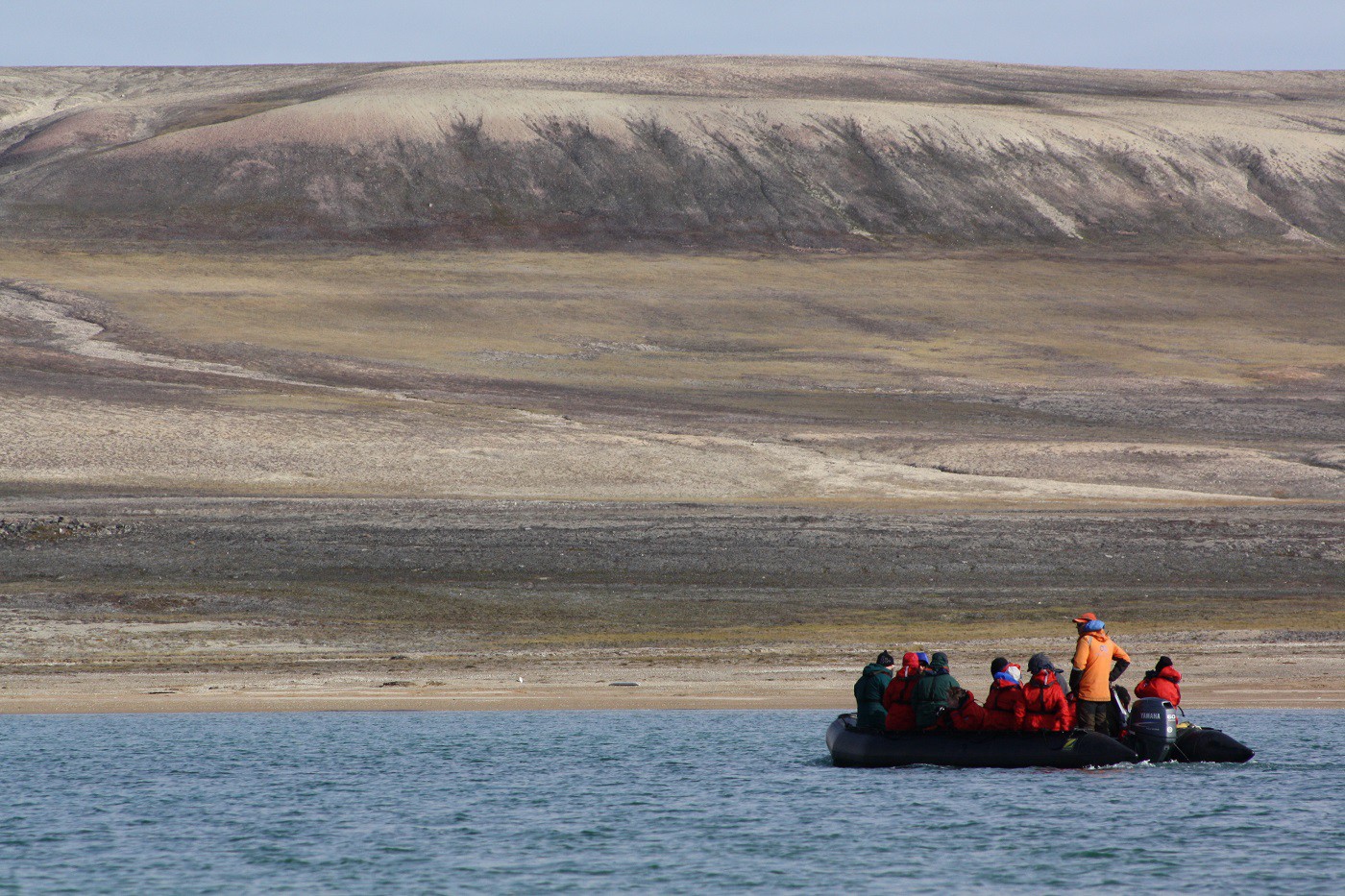
(Photo: Eva Holland)
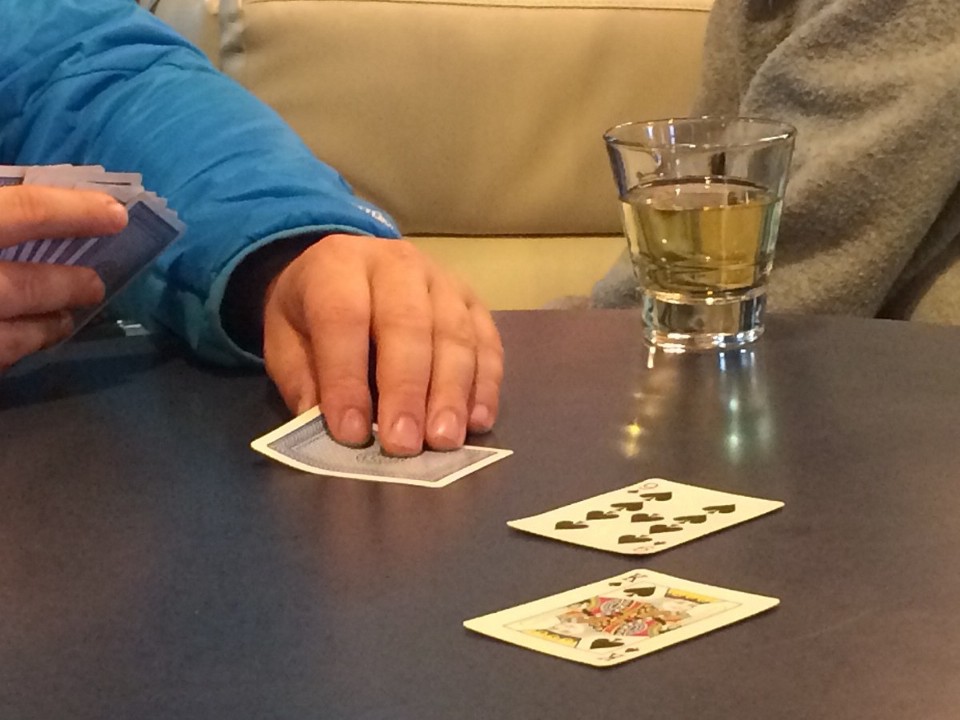
(Photo: Eva Holland)
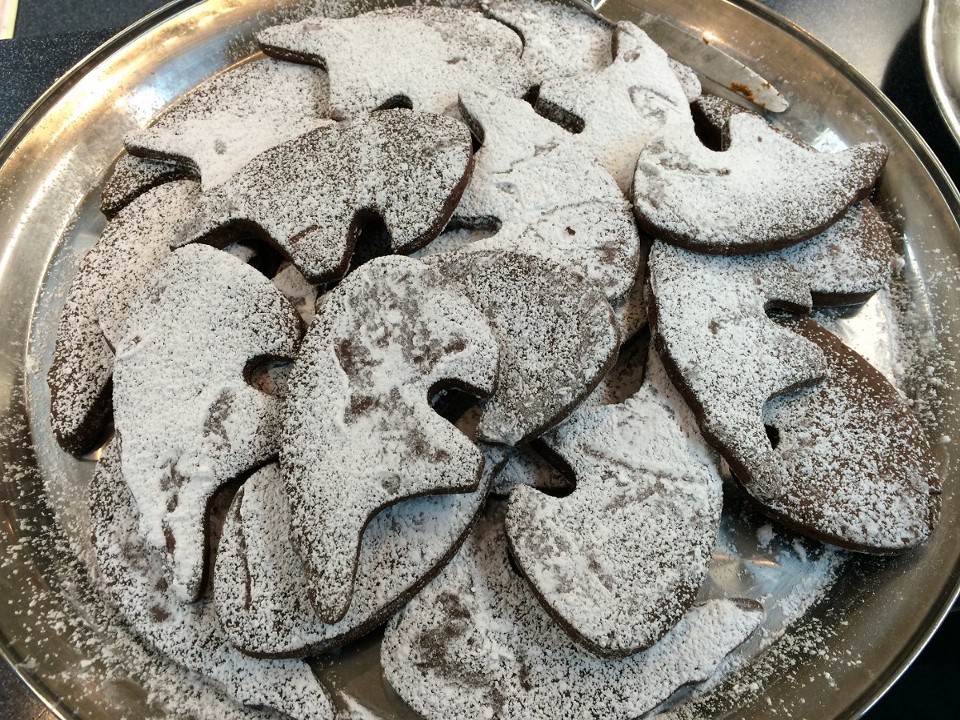
(Photo: Eva Holland)
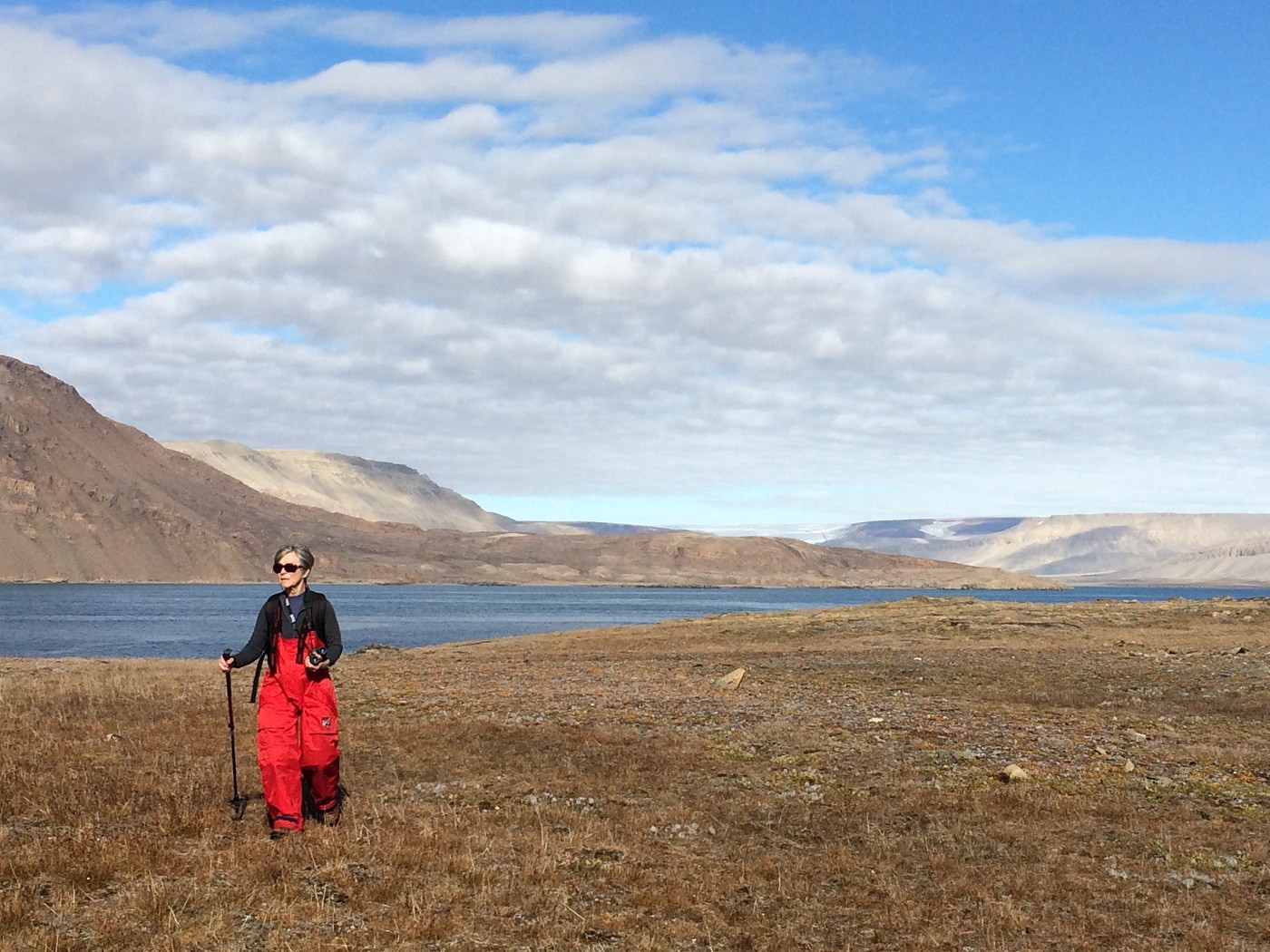
(Photo: Eva Holland)
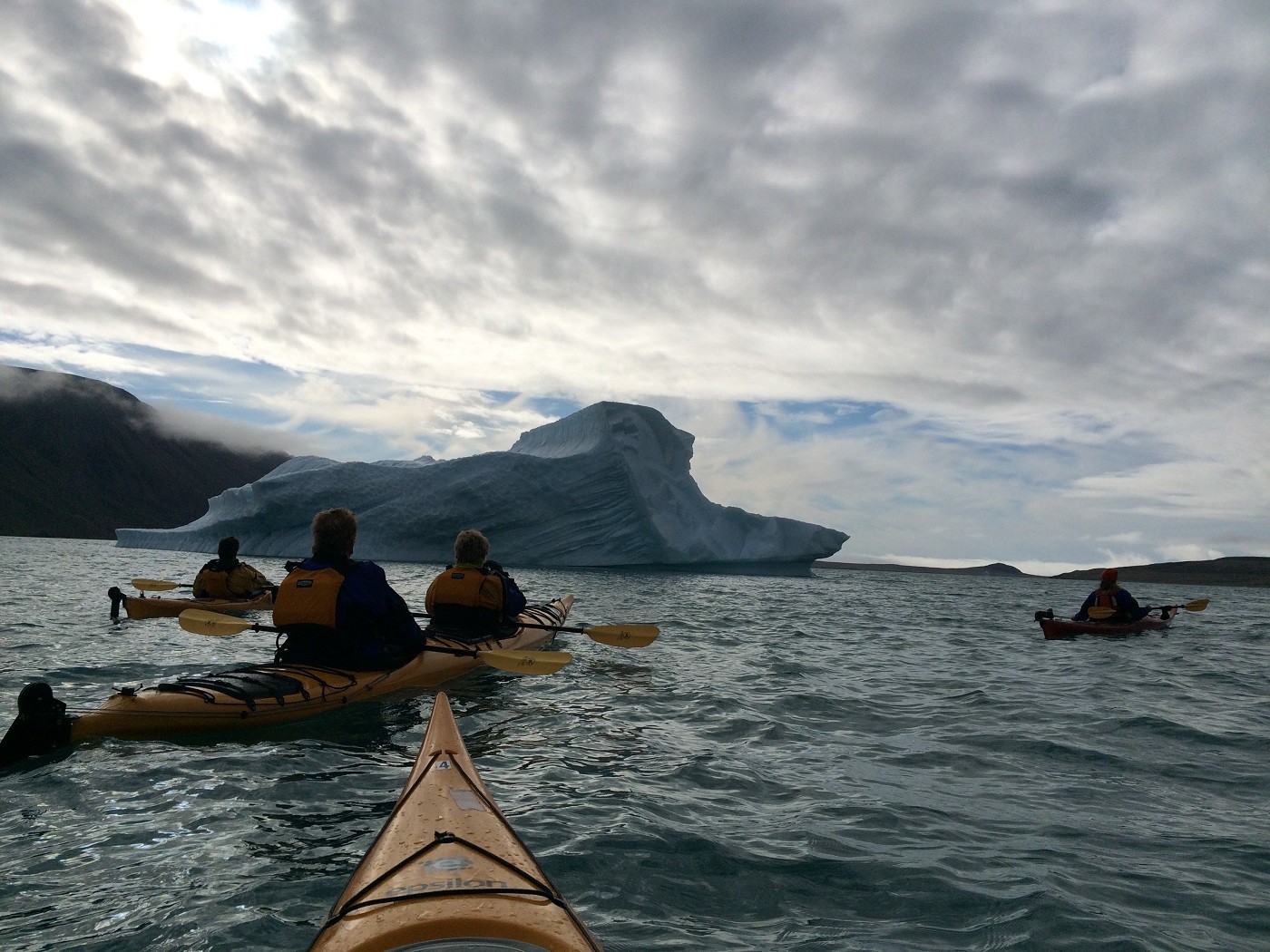
(Photo: Eva Holland)
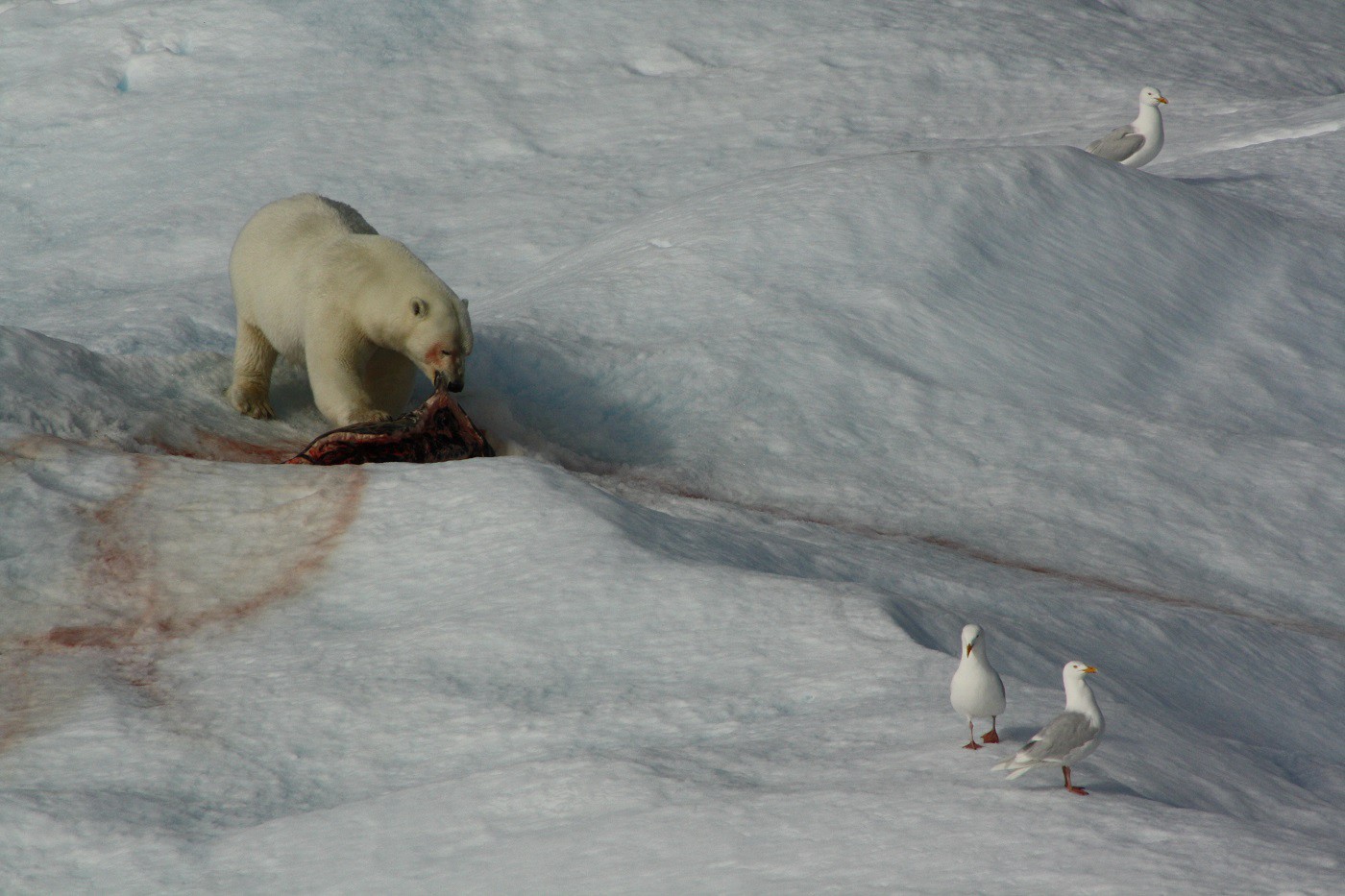
(Photo: Eva Holland)

(Photo: Eva Holland)

Even in August, the tail end of the Arctic summer, the sun set after 11 p.m. and rose again just a couple of hours later. But it was worth staying up for. (Photo: Eva Holland)





